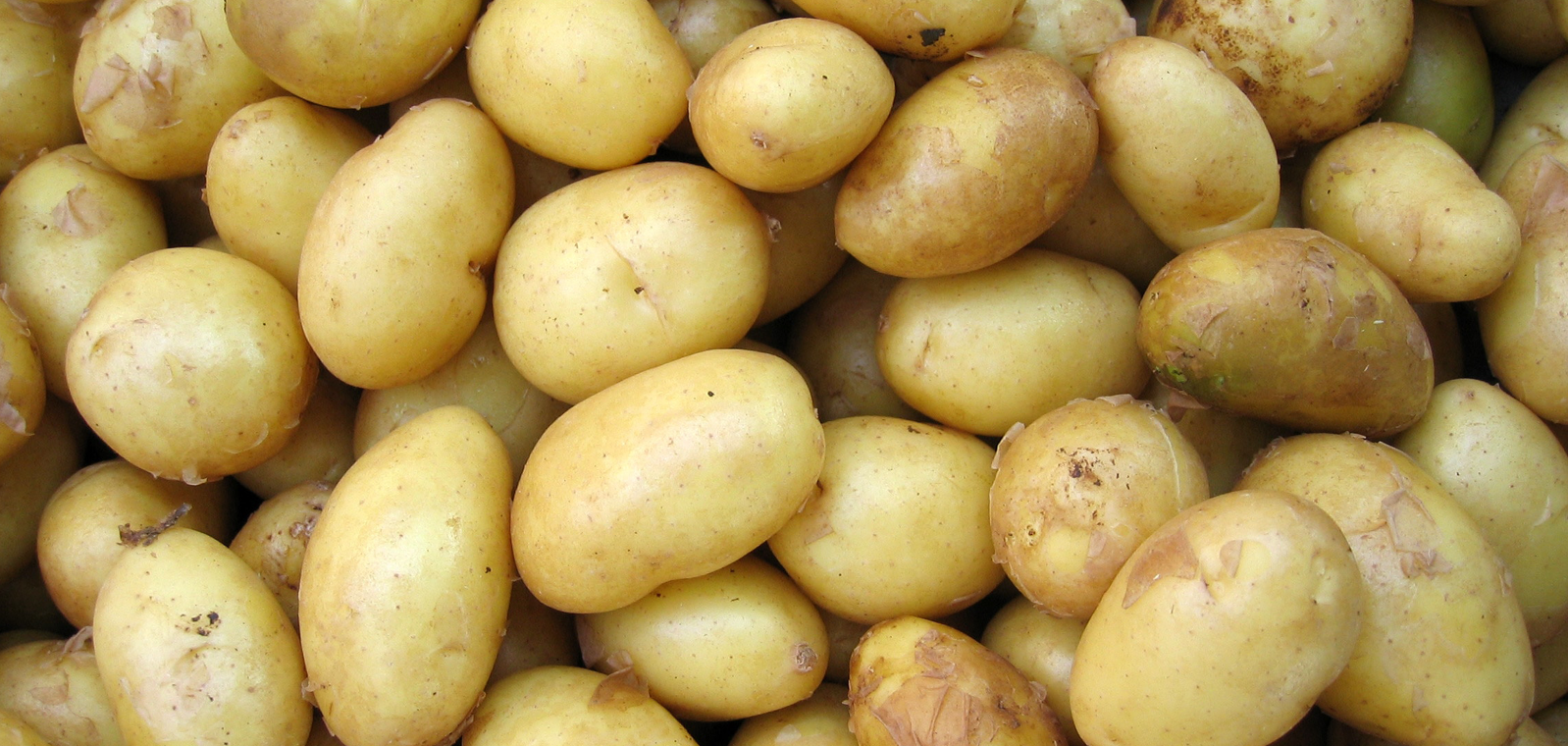
Michigan and Wisconsin potato growers endured a variety of weather stressors to produce a high-quality potato crop with average or above average yields for 2023.
The 2023 Michigan potato growing season was uneven, with April to June being extremely dry. That was followed by near-record wetness in July, and growers battled dampness during September and early October harvest.
In Wisconsin there was a 10-day delay in planting due to cold weather and a stretch of abnormally dry, warm weather in early summer – nearly 90% of the state was abnormally dry the first week of June.
“Depending on the field and area of the state, we are seeing strong yields in most areas, except those that saw some flooding due to heavy rain,” says Kelly Turner, executive director of the Michigan Potato Industry Commission.
Jeff Sommerfield, vice president and group manager for agribusiness lending, GreenStone Farm Credit Services says Michigan’s above average crop may put downward pressure on pricing and tightened contracts for next year. “We could see a slight shift in acreage, which also takes into consideration quality – it’s kind of a balancing act.”
Last year Michigan’s 80 producers harvested 45,500 acres with an average yield of 415 cwt. per acre for just over 18.8 million cwt. total and a production value of more than $262 million.
Wisconsin, ranked third in nation for potato production behind Idaho and Washington, had an average yield of 400 cwt per acre on 66,500 acres for a total of 26.6 million cwt. The value of production was just shy of $415 million.
There are no stats on this year’s crop yet, but some are predicting both states to yield better than last year with potential 420 cwt. per acre average.
Sustainability
Michigan and Wisconsin potato growers are continuing to embrace water efficiency and technology with such things as conservation practices, variable rate irrigation systems and soil moisture sensors.
“In Michigan, growers are partnering with Midwest Water Stewards on using the latest technology to monitor more than 200 irrigation wells throughout the Lower Peninsula and northern Indiana and their impact on groundwater,” Turner says. “Technological advances in sorting potatoes is more popular now than ever, especially since reliable labor is very hard to find.”
The Michigan potato industry – and the U.S. potato industry, in general – is dedicated to sustainable agriculture, according to Turner. That includes a potato breeding program at Michigan State University that seeks to create varieties that are more resistant to pests and diseases, which will lower chemical use, nutrient use, and that can thrive with less water.
“Potatoes are already one of the most efficient crops when it comes to producing wholesome food for more people,” she says. “Our growers, processors, and researchers will only continue to make the nutrient-dense potato – already America’s favorite vegetable – as a highly sustainable crop as well.”
Potato production
As with most commodities, the cost of production has increased due to inflation and fluctuating costs of fertilizer and crop protection, such as fungicides.
Potatoes, generally grown on a 3-5-year rotation, are harvested from mid-July through late October, with some going directly to market and others into storage, which means potatoes are available almost year-round.
Montcalm and St. Joe counties are major Michigan potato producers and Michigan is the nation's leading producer of potatoes for chip processing. The Upper Peninsula contributes to the industry with several potato seed farms.
Wisconsin’s production of potatoes is concentrated in the central sands region, which is located in the Wisconsin River watershed. At the center of this production is Portage County, Wisconsin’s top potato-producing county. The high yields in this region are attributed to the sandy soil, which allows for an earlier planting season. Other counties in the region are also significant state potato producers, including Waushara, Langlade and Adams counties.
“For table stock potatoes, some growers have their own packing and storage, while others go through a broker,” says Sommerfield “Fresh crop chip potatoes will be shipped right out of the field, but by mid-September, they transition into storage and will draw through potentially June of the next year.”


